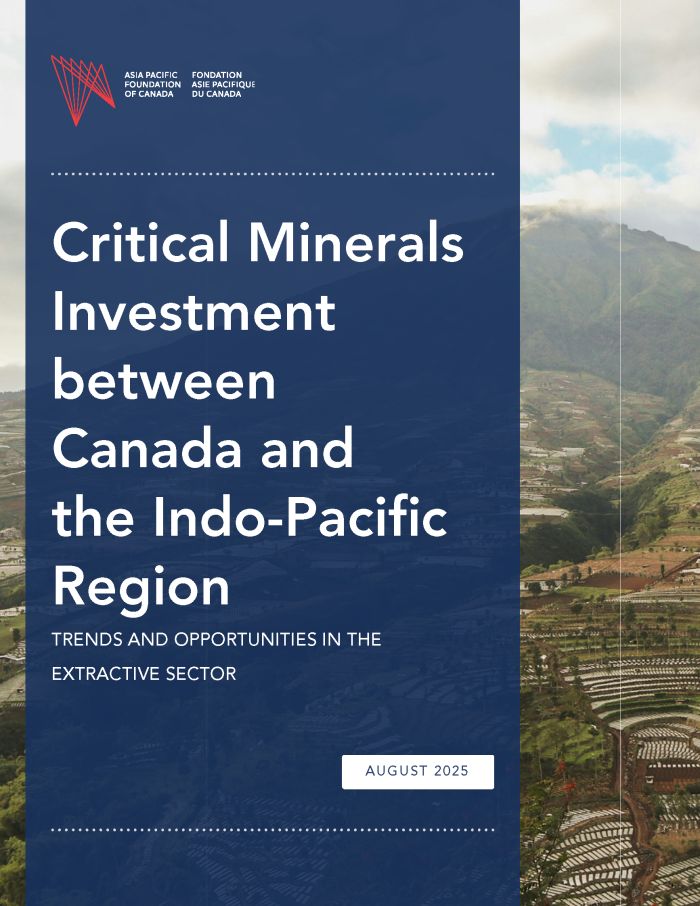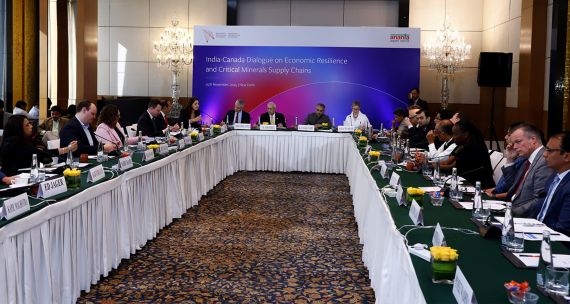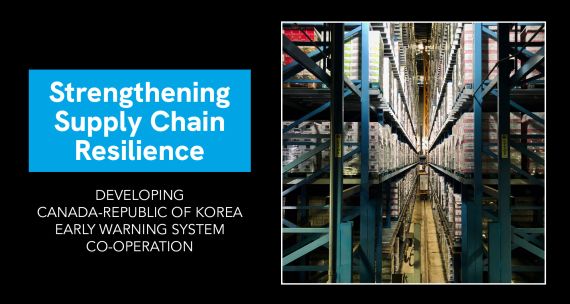This report explores the surge in two-way foreign direct investment (FDI) in the critical minerals extractive sector between Canada and the Indo-Pacific between 2020 and 2024 and highlights a significant increase from the previous five-year period. The growth underscores Canada’s rising strategic importance as a supplier of critical minerals essential for agriculture and to the global energy transition.
Relying on the Asia Pacific Foundation of Canada’s Investment Monitor database, this report demonstrates that Canada’s critical minerals sector, particularly its upstream extraction activities, has become an important destination for investors from the Indo-Pacific seeking secure, long-term access to key resources. This is expected to shape regional supply chains and influence Canada’s resource diplomacy in the years ahead.
Overall, the report identifies the following investment trends:
Total two-way investment flows between Canada and the Indo-Pacific in the critical mineral extractive sector rose sharply, from C$5.3B in 2015–2019 to C$27.2B in 2020–2024.
During this period, inward FDI in critical minerals increased significantly — from C$4.7B to C$27.1B — while outward FDI declined from C$586M to just C$112M.
Between 2020 and 2024, two-way FDI flows in the critical minerals extractive sector accounted for 16% of total Canada–Indo-Pacific FDI, representing a significant increase from the previous five-year period (2015-2019), when investment in this sector made up just 3% of total flows.
Between 2020 and 2024, inward FDI in critical minerals from the Indo-Pacific accounted for 30% of Canada’s total inward FDI, while outward FDI in the sector made up just 0.1% of Canada’s total FDI in the Indo-Pacific.
Australia and China represented the top partners for Canada’s critical minerals two-way FDI between 2020 to 2024.
Australia accounted for 85% (C$23B) of inward FDI from the Indo-Pacific in Canada’s critical mineral sector and received 64% (C$71M) of Canada’s critical minerals investment in the region. China accounted for close to 14.7% (nearly C$4B) of Indo-Pacific investment in Canada’s critical minerals and received around 17% (C$18.6M) of Canada’s capital flows into critical minerals in the region.
Between 2020 and 2024, inward FDI in Canada’s critical minerals sector from the Indo-Pacific was largely driven by non-state-owned enterprises (non-SOEs), which accounted for 85% (C$23.1B) of total investment. In contrast, state-owned enterprises (SOEs) contributed just 15% (C$3.95B).
While investment from SOEs remained relatively stable in value compared to the previous five-year period (C$3.8B), its share declined significantly from 72% of total investment during that time.
Around 99% of FDI into Canada’s critical minerals sector from the Indo-Pacific region was concentrated in four provinces: Saskatchewan (56%), Quebec (21%), British Columbia (14.5%), and Ontario (7.5%).
Saskatchewan received FDI predominantly in potash, while Quebec attracted investment mainly in copper and lithium, British Columbia in copper and uranium, and Ontario in lithium and copper.








